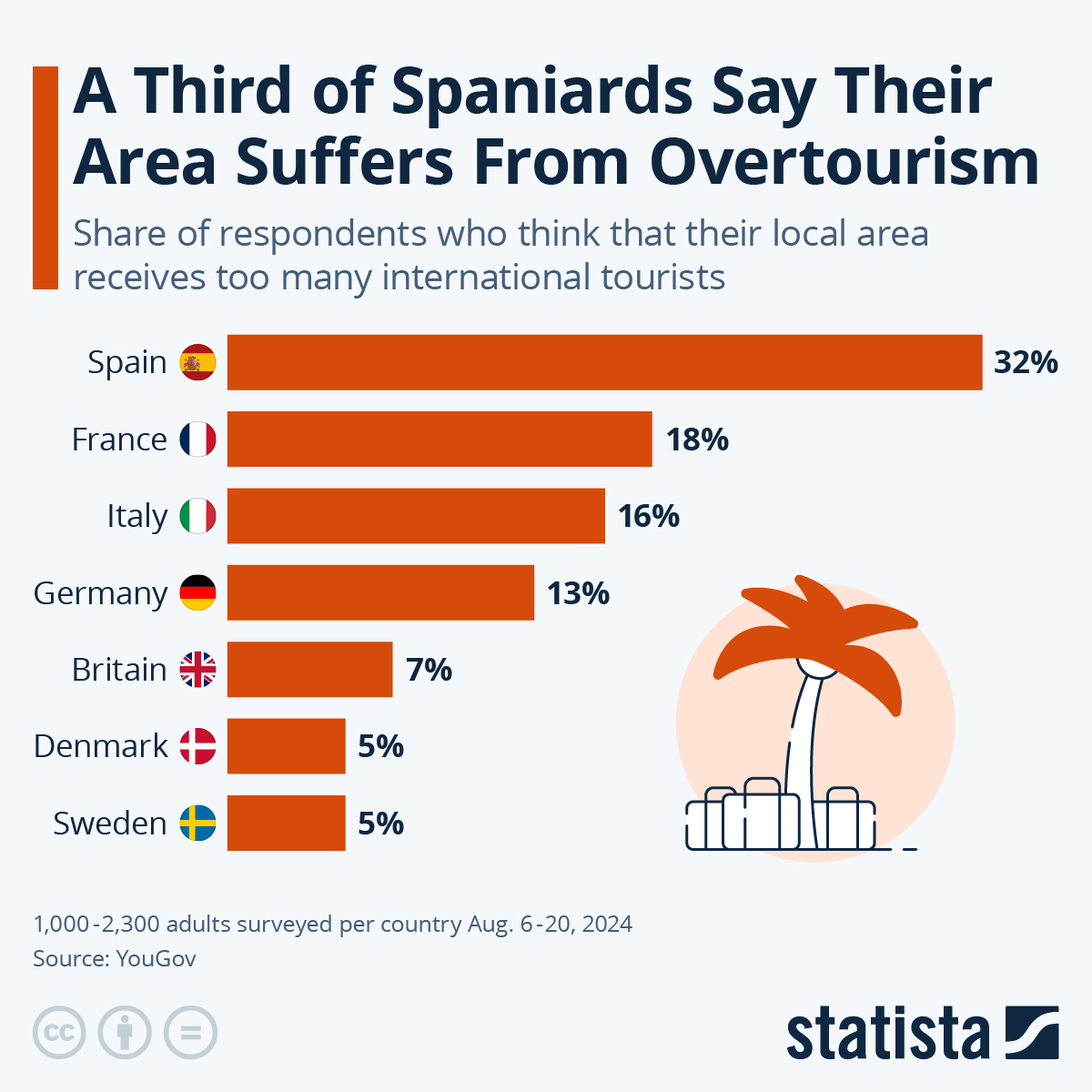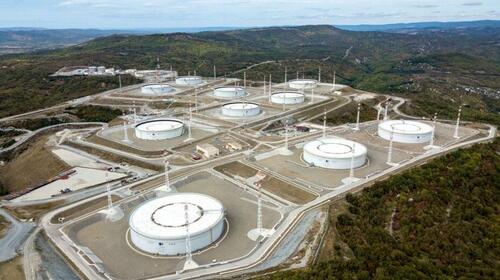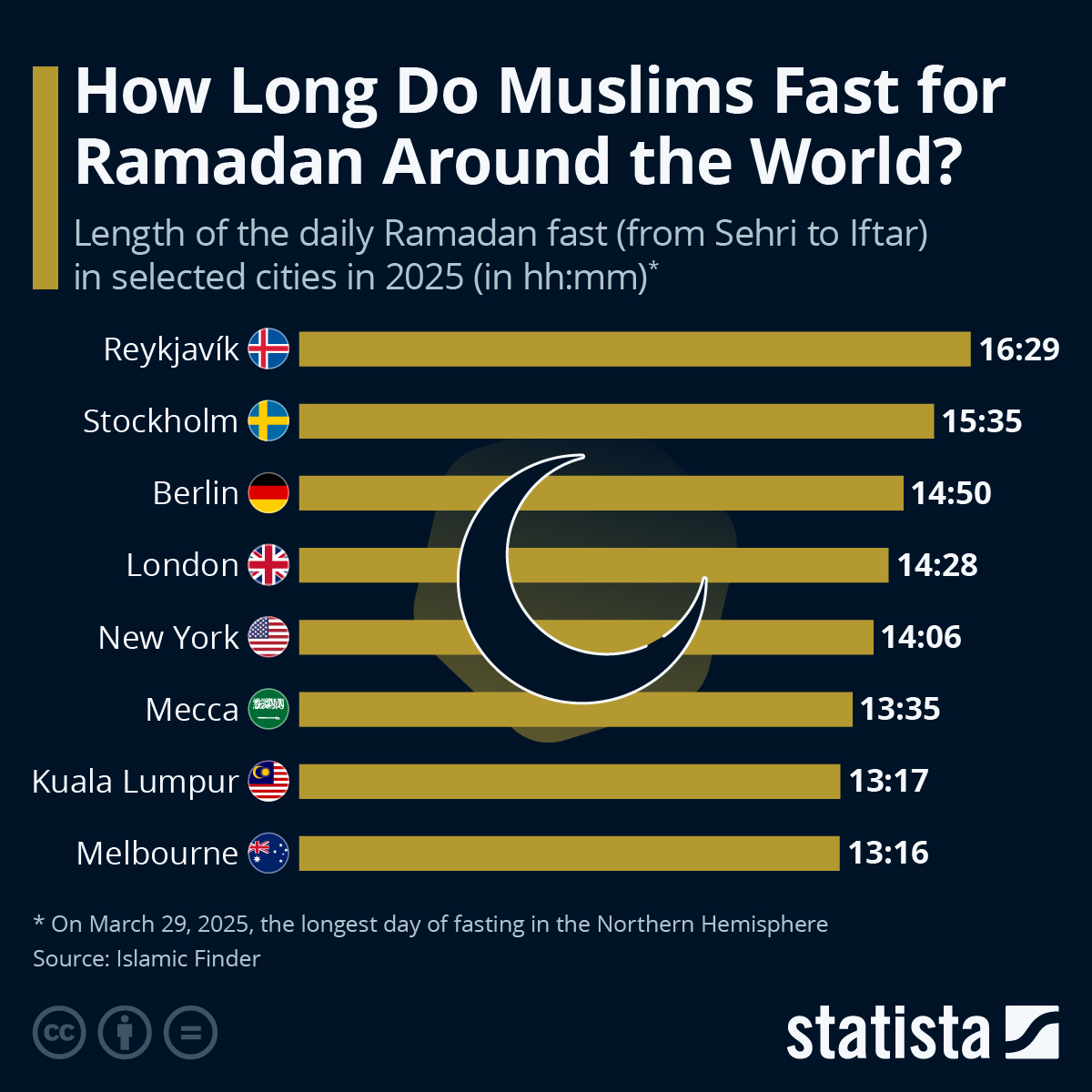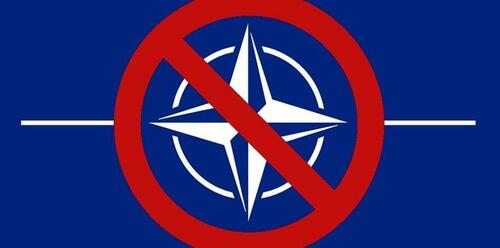NATO Is The Big Obstacle To Peace In Ukraine
Authored by Jacob Hornberger via The Future of Freedom Foundation,
During his recent campaign for president, Donald Trump repeatedly stated that he had a secret plan for settling the war in Ukraine.
He suggested that he would be able to resolve the conflict within a day of so of taking office. That obviously was political hyperbole because the war is still going on. Trump and people in his administration are now talking to Russian president Vladimir Putin and Russian officials in an effort to find a way to end the war and possibly even normalize relations between the United States and Russia.
There is one great big obstacle, however, to bringing an end to the Ukraine-Russia conflict. That obstacle is NATO, the old Cold War dinosaur that should have gone out of existence with the end of the Cold War, just like the Warsaw Pact did.
Instead, NATO not only remained in existence, it also ultimately became the root cause of the war between Ukraine and Russia.
It’s that critically important point that is lost on the U.S. mainstream media. For them, the war began at the moment that Russia invaded Ukraine. Nothing that preceded that invasion matters to the mainstream media. What came before the invasion is simply considered irrelevant.
But it’s not irrelevant, especially because it might well prove to be an insurmountable obstacle to a lasting peace between Ukraine and Russia.
With the surprise end of the Cold War, the U.S. national-security establishment — i.e., the Pentagon, the CIA, and the NSA — lost its big official enemy — Russia (or, to be more exact, the Soviet Union), which meant the end of the big Cold War racket that had kept the national-security branch in high cotton in terms of power and taxpayer-funded largess.
The Pentagon, the CIA, and the NSA were panicky. At first, they announced that they were willing to participate in the “war on drugs.” They then converted their old partner and ally Saddam Hussein into an official enemy, who they used to scare the American people for some 11 years. Then, their interventionist and deadly foreign policy in the Middle East brought about the 9/11 retaliatory strikes and they were off to the races again, with the “war on terrorism” replacing the Cold War’s “war on communism.”
But they never lost sight of the possibility of reconverting Russia into a renewed official enemy, as part of a new Cold War, especially given that the anti-Russia Cold War sentiment was so deeply embedded within the American people. That’s when they began using NATO to expand eastward toward Russia’s border by absorbing former members of the Warsaw Pact.
An important thing to note about this was that U.S. officials had promised Russia that NATO would not expand. It would stay, they repeatedly stated, right where it was.
It was a lie. Instead, NATO was used to expand eastward, which enabled NATO’s missiles, tanks, weapons, troops, and planes to get ever closer to Russia’s border. It’s worth mentioning that…










